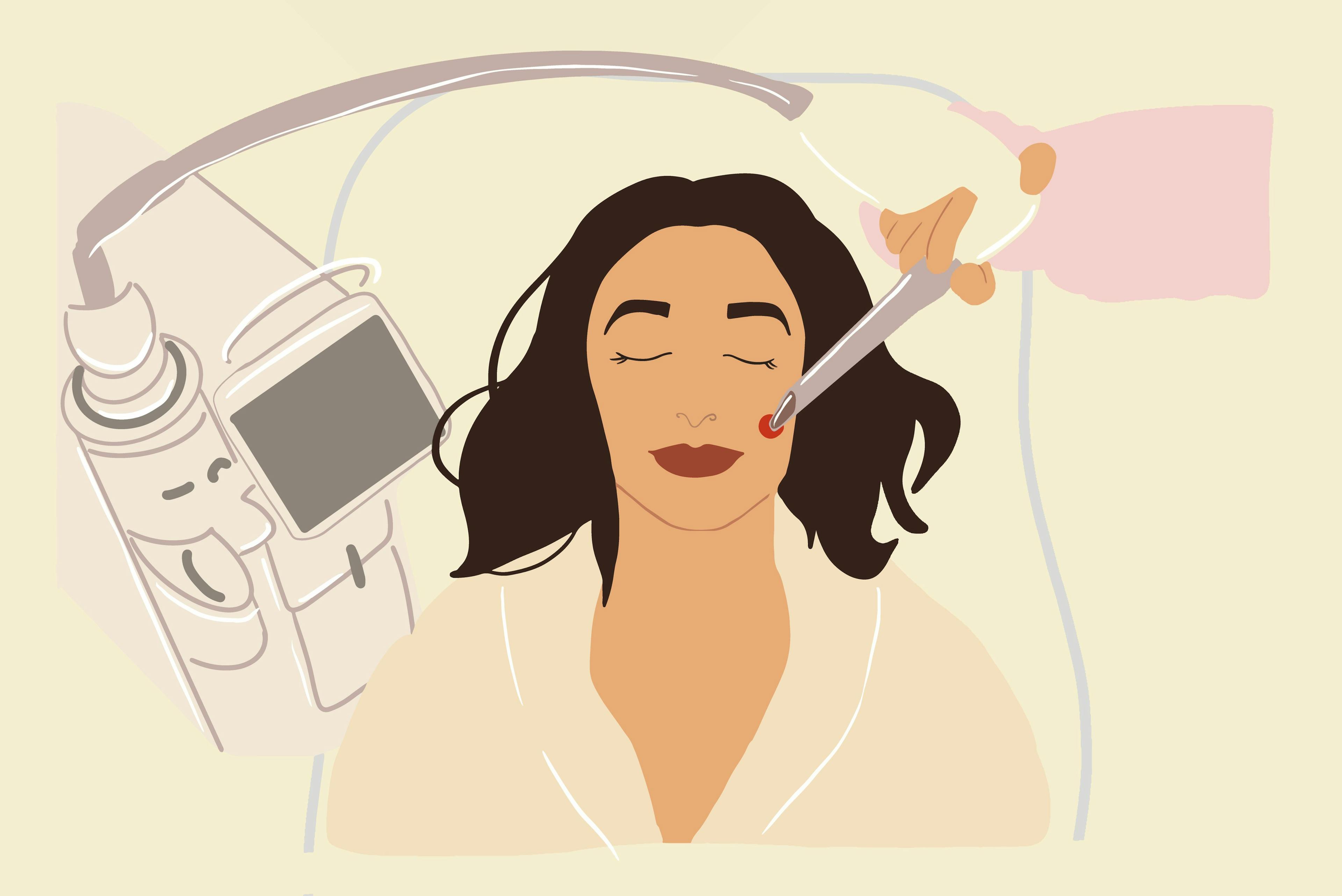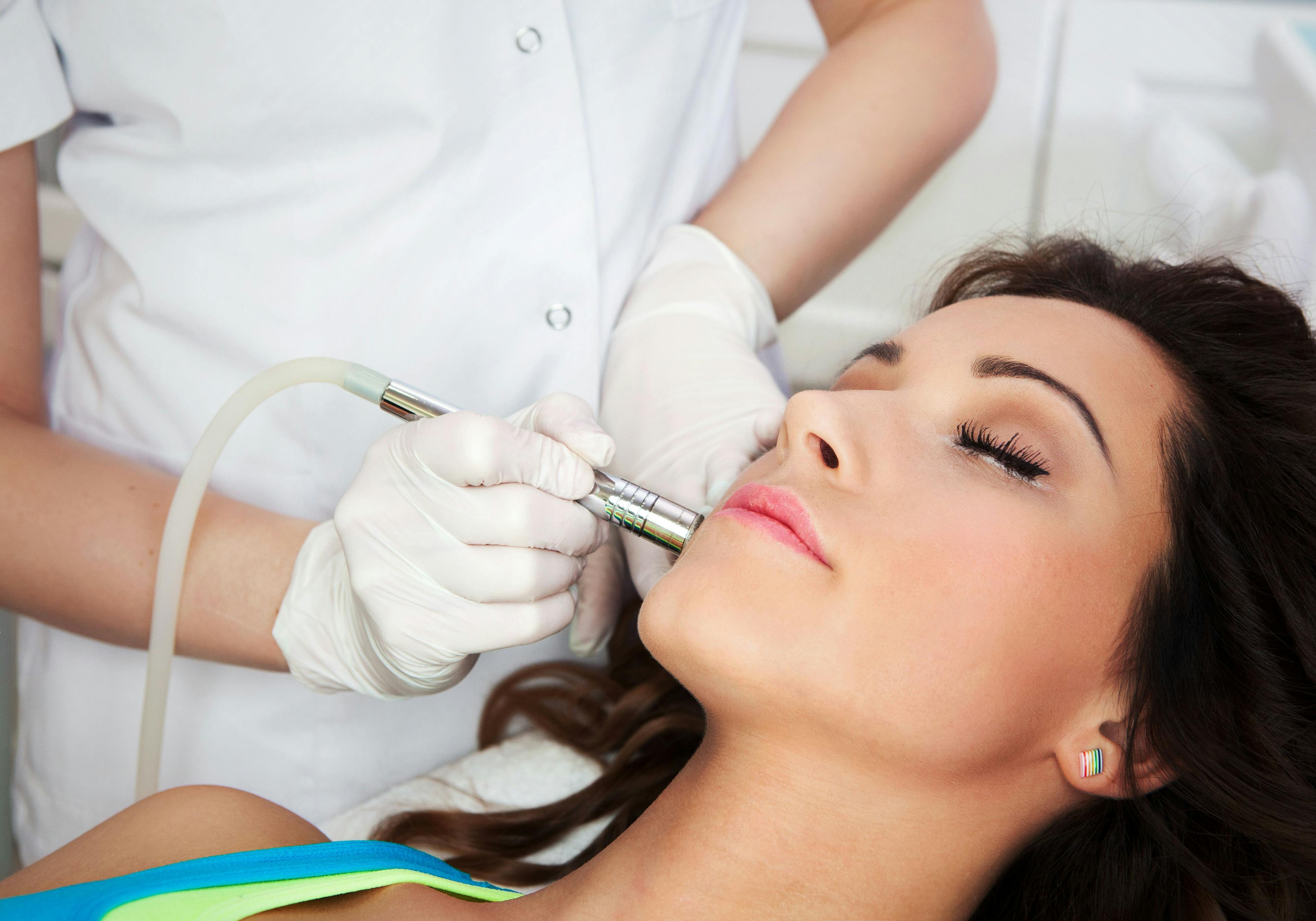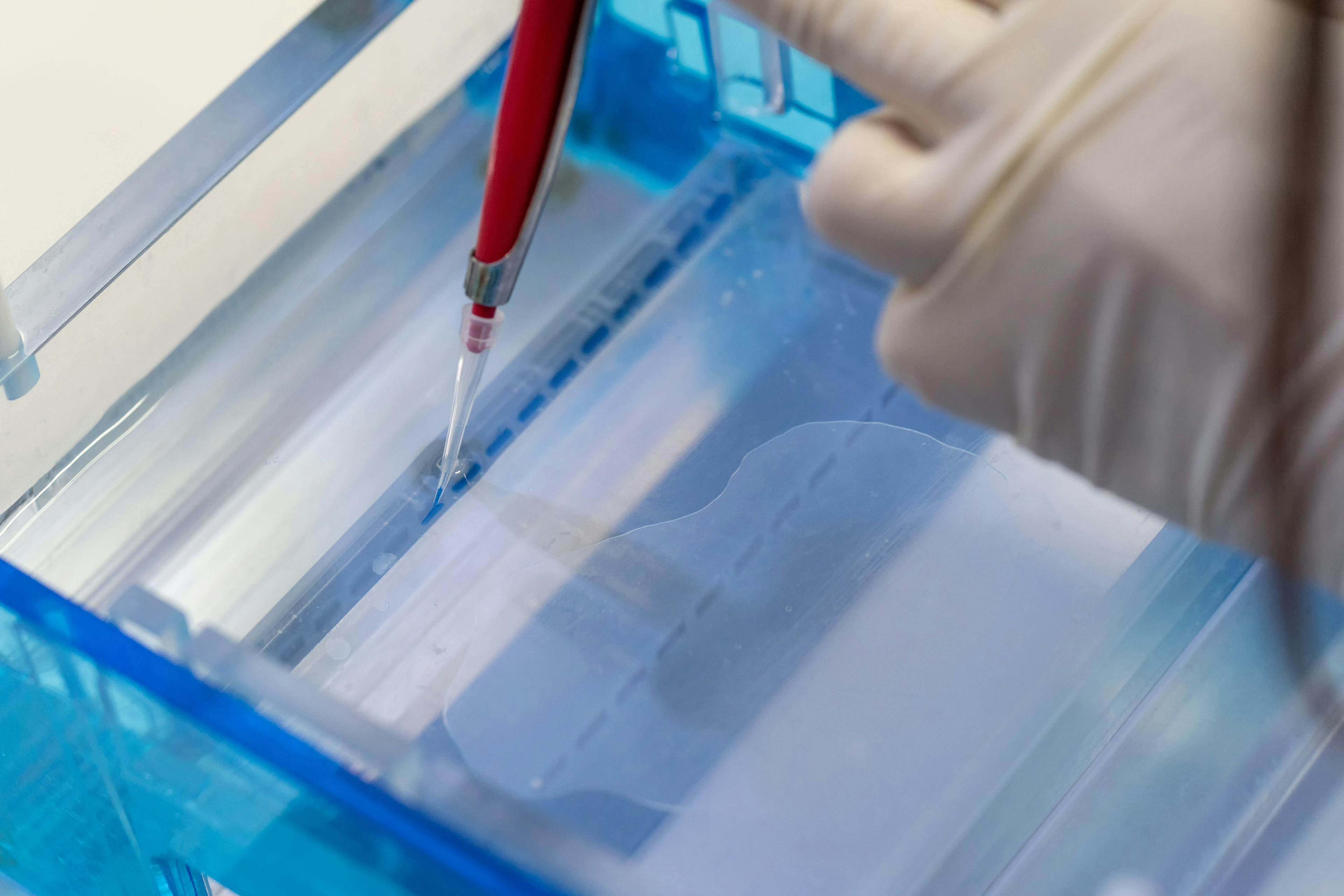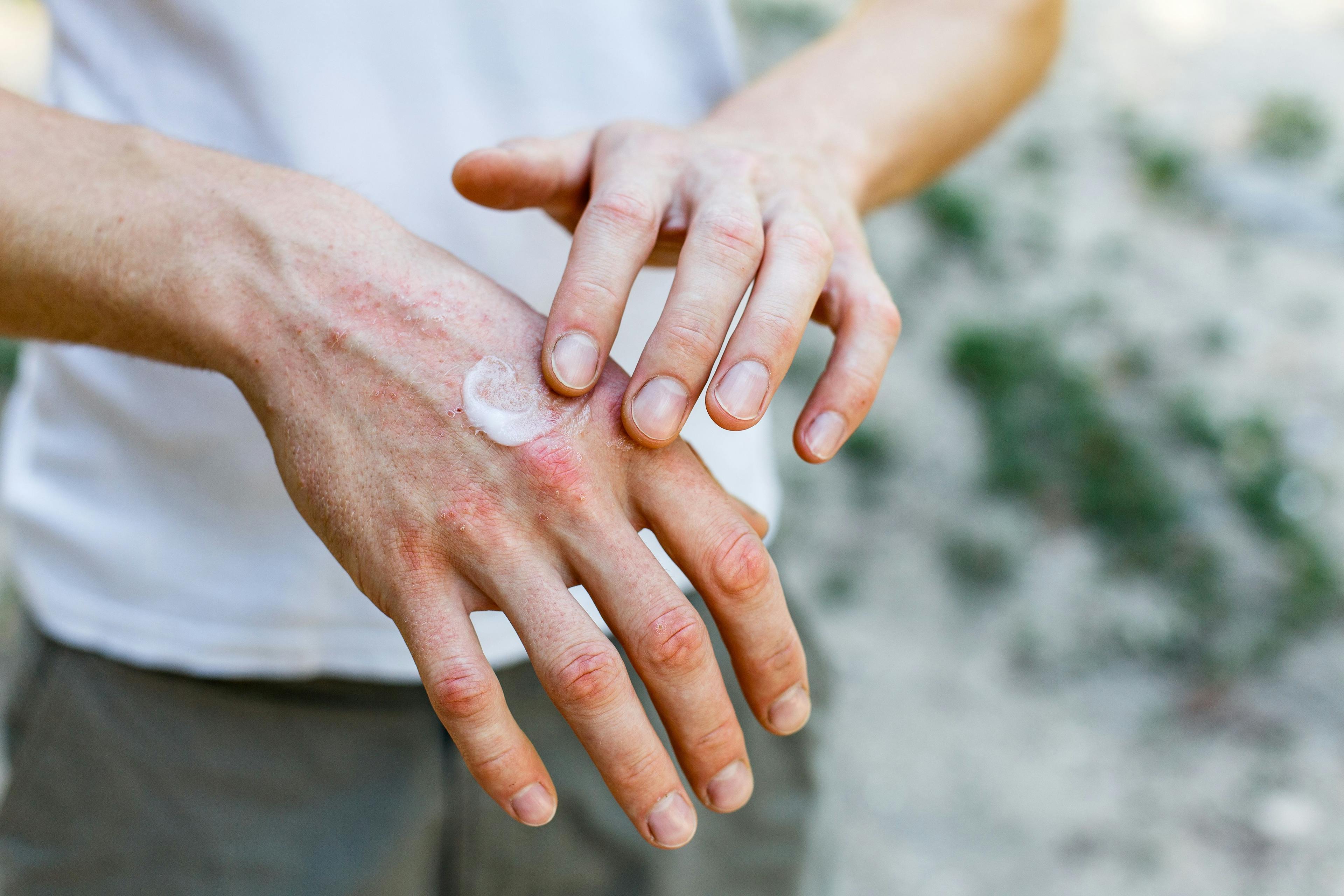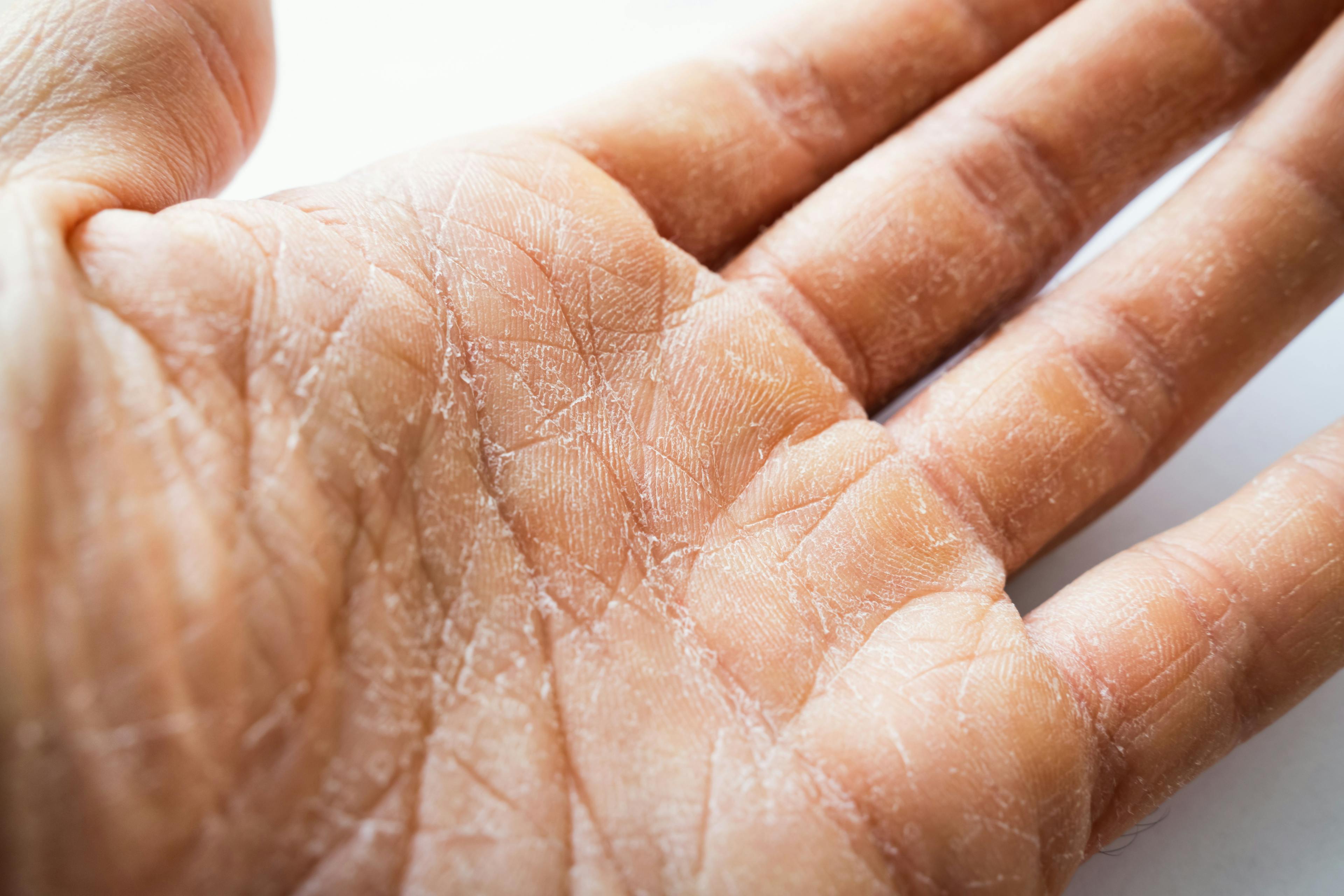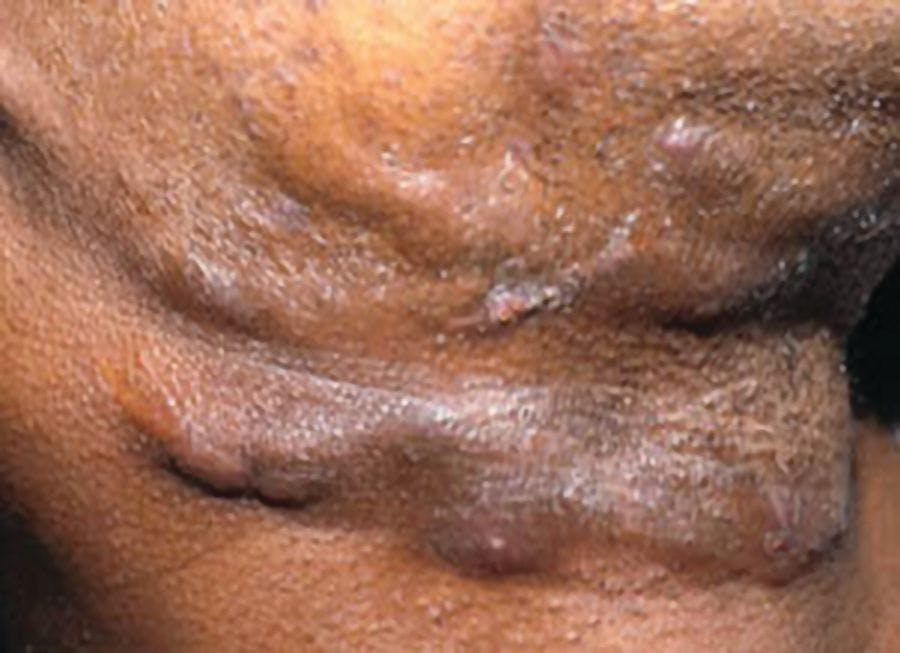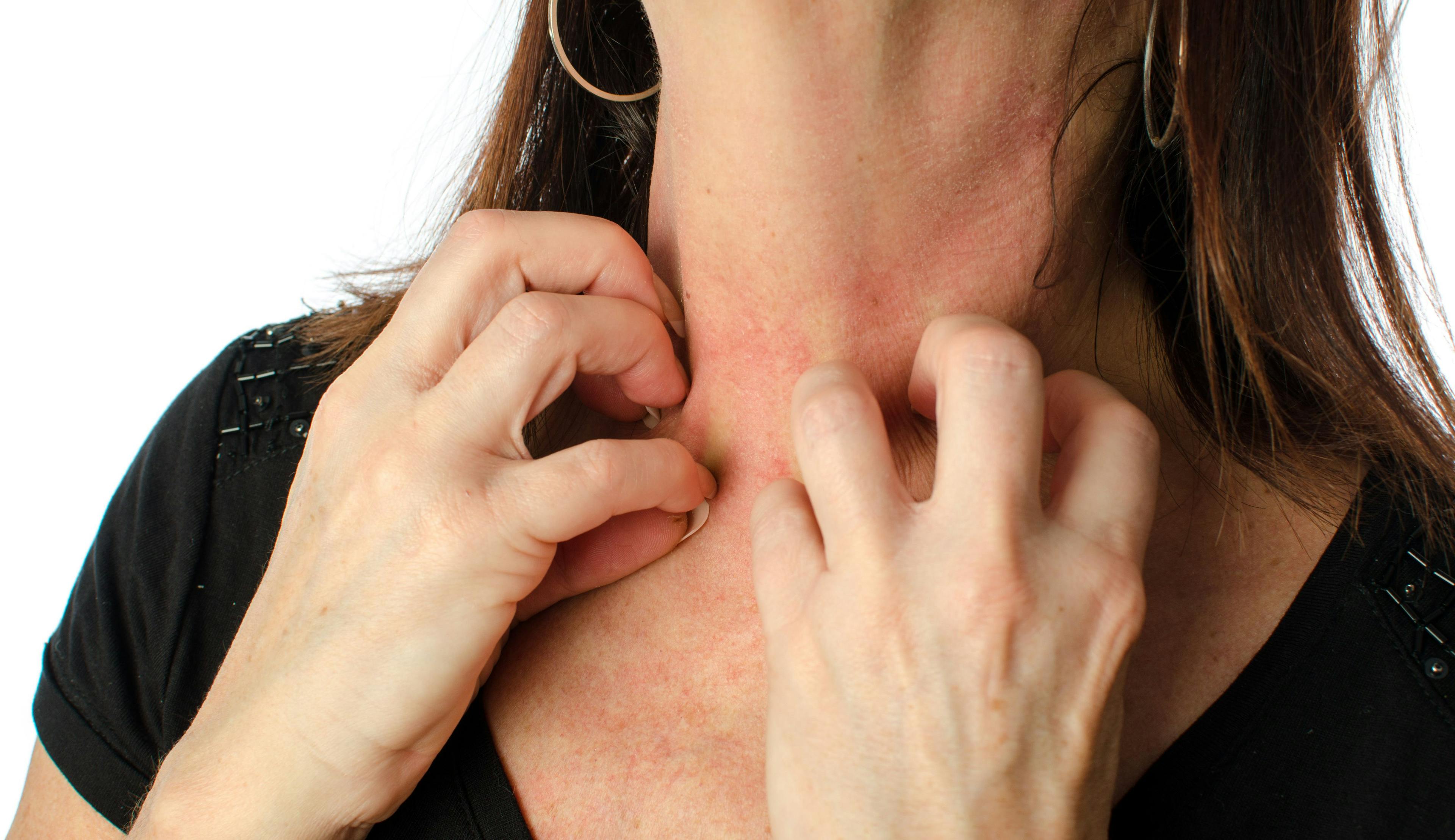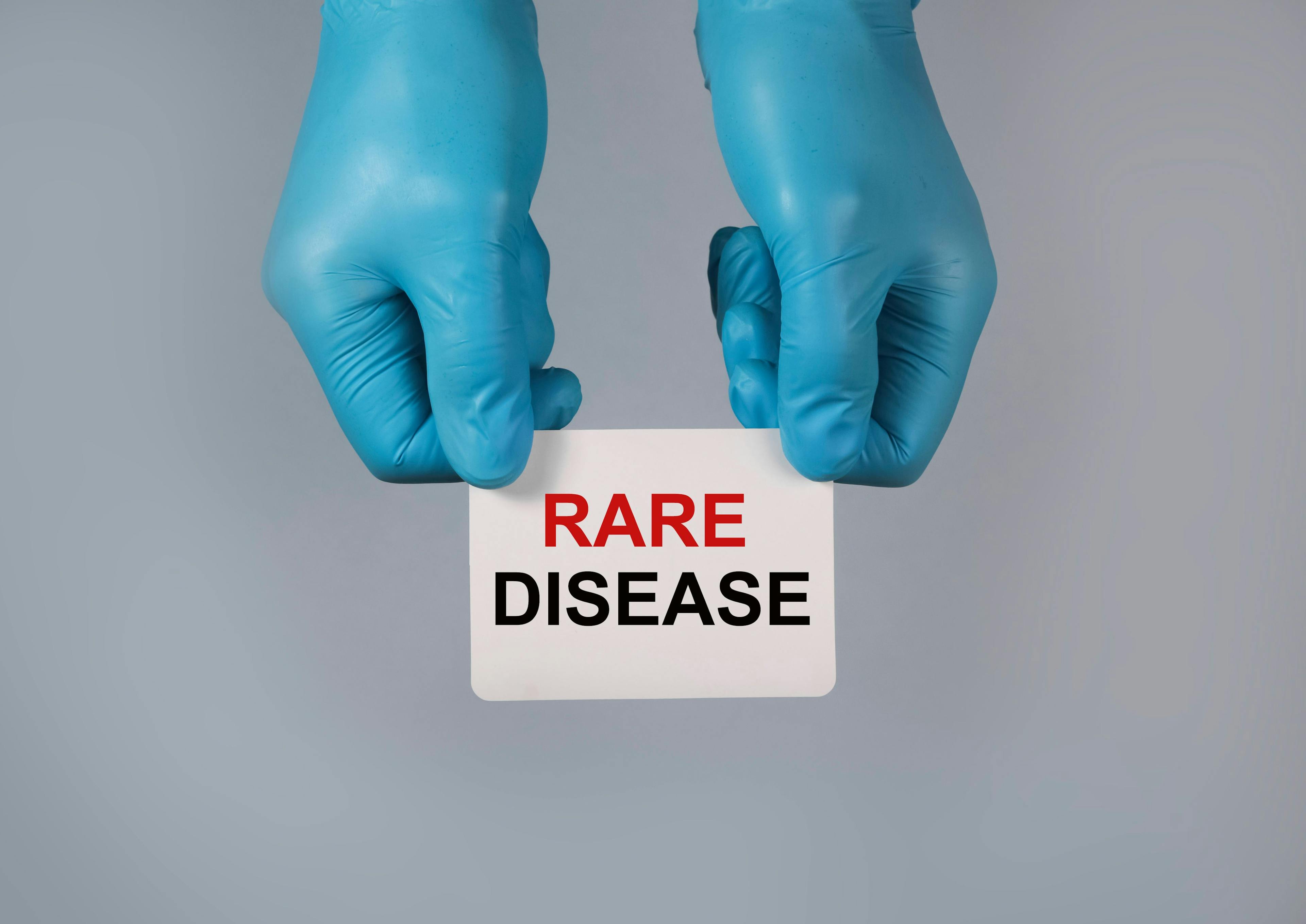- Acne
- Actinic Keratosis
- Aesthetics
- Alopecia
- Atopic Dermatitis
- Buy-and-Bill
- COVID-19
- Case-Based Roundtable
- Chronic Hand Eczema
- Chronic Spontaneous Urticaria
- Drug Watch
- Eczema
- General Dermatology
- Hidradenitis Suppurativa
- Melasma
- NP and PA
- Pediatric Dermatology
- Pigmentary Disorders
- Practice Management
- Precision Medicine and Biologics
- Prurigo Nodularis
- Psoriasis
- Psoriatic Arthritis
- Rare Disease
- Rosacea
- Skin Cancer
- Vitiligo
- Wound Care
Publication
Article
Dermatology Times
Clinical Pearls for Superficial and Medium Depth Chemical Peels
Author(s):
Harold J. Brody, MD, provides his best tips and tricks for superficial and medium depth chemical peels in a presentation at the 2022 ASDS Annual Meeting.
Harold J. Brody, clinical professor of dermatology at Emory University School of Medicine in Atlanta, Georgia, gave his best tips, tricks, and pitfalls when it comes to superficial and medium depth chemical peels at the 2022 American Society of Dermatologic Surgery (ASDS) Annual Meeting held in Denver, Colorado, from October 7-10.
Below are some of Brody’s best tips and tricks when it comes to these specific types of peels.
- Refrigeration is no longer needed for compounding creams consisting of tretinoin and cortisone and can now be kept at 68°F- 75°F and last 6 months.
- Thick and copious amounts of moisturizer prevent proper retinization of the skin.
- Apply moisturizers with sunscreen in the morning as the patient’s daily moisturizer.
- Most nightly retinoid gels are water-based rather than alcohol-based, which can work well for photoaging preparation.
- Use no more than a pea-sized amount of retinoids on the entire face.
- For pre-peel preparation, retinol, retinal, adapalene (Differin), and other OTC vitamin A formulations are not sufficient.
- Tazarotene and tretinoin are necessary daily, if not every other day.
- Mixing retinoids with moisturizers can reduce the efficacy of the product.
- It isn’t worth peeling the legs and arms unless they are fully retinized before and after peeling.
- Avoid performing a full-face 50% trichloroacetic acid (TCA) peel. Instead, perform sequential peeling for a medium depth peel such as dry ice CO2 and TCA 35%, Jessner’s solutions and TCA 35%, or glycolic acid and TCA 35%.
- The most effective topical bleach is hydroquinone (HQ). Also, taper your patients off topical bleaches instead of dropping the product completely.
- For treatment of acne scars, a combination of TCA and a physical modality is helpful such as CO2 dry ice and TCA, radiofrequency microneedling and TCA peeling, among others.
- When it comes to healing, if the patient does not heal in the allotted number of days expected, consider the delayed healing syndrome, which is a defect in the transepidermal water metabolism and can occur =with any type of medium or deep peeling. The suggested treatment is artificial would dressings and pulsed dye laser to stimulate the healing process.
- If your superficial peeling agent does not cause frosting or pseudo-frost when using cotton-tipped applicators, Brody suggests using a brush.
- Periorbital pigmentation can be treated with phenol/CO peeling when superficial peeling fails.
Brody concluded his presentation by stating the importance of dermatologists knowing how to peel.
“If you practice Mohs or general dermatology and delegate your peels to an esthetician or nurse, you will never learn anything substantial about peeling, and they will eventually leave your practice for another specialty or to practice with other nonphysicians, depending on the state,” said Brody.
Reference:
Brody HJ. Superficial and medium depth peels: What you need to know. Presented at: 2022 American Society for Dermatologic Surgery, Denver, Colorado, October 7-10, 2022.

Newsletter
Like what you’re reading? Subscribe to Dermatology Times for weekly updates on therapies, innovations, and real-world practice tips.

